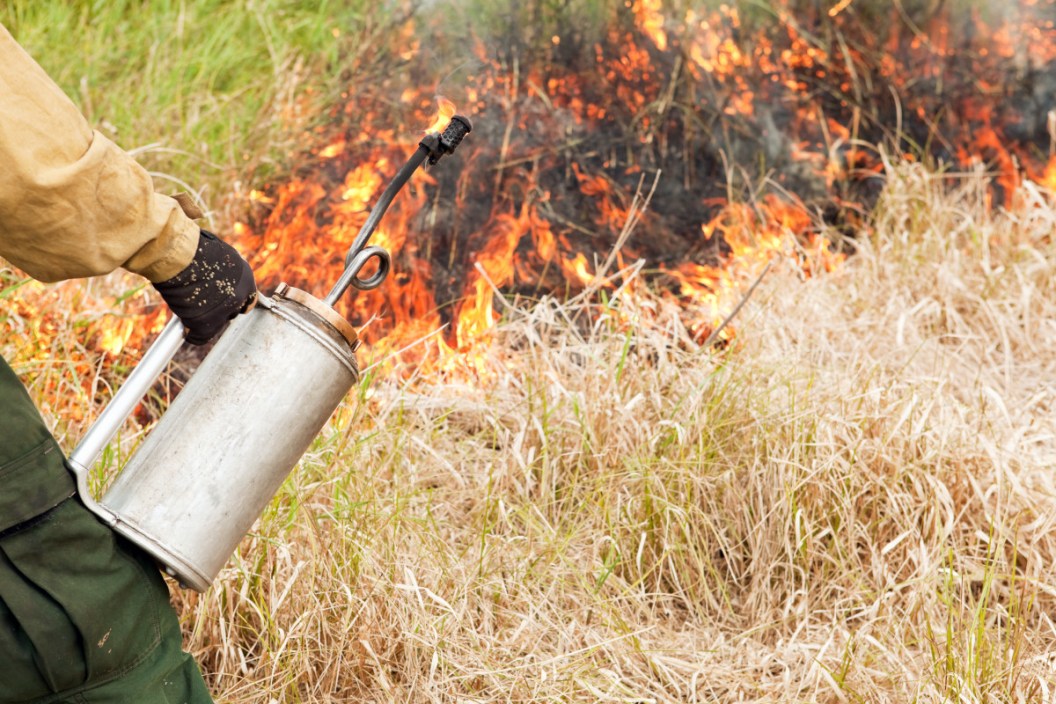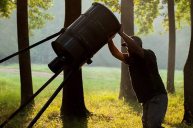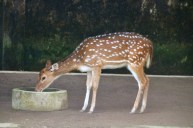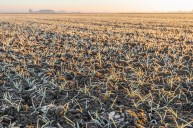Fire is nature's cleansing agent. It's how she clears out the old, dying growth and re-seeds grounds that have seen stagnant plant growth for decades. When the forest or grasslands return, they grow back stronger and healthier than ever before. As devastating and as frightening as fire can be, it's also completely natural. These days, many hunters are discovering how prescribed burns can be extremely beneficial to their hunting land. Using a controlled burn to set back succession is something that has been implemented for hundreds of years. And sometimes isn't utilized as much as it should be by hunters.
It just so happens, as I am writing this, I am just now getting done with a controlled burn on my own property in one of my food plots. I personally feel that a controlled burn is the most efficient way to prepare a food plot and create a healthier ecosystem that will in return attract and hold more wildlife. Here are just a few of the benefits and how you can go about doing one on your own land.
The benefits of a controlled burn for hunting.
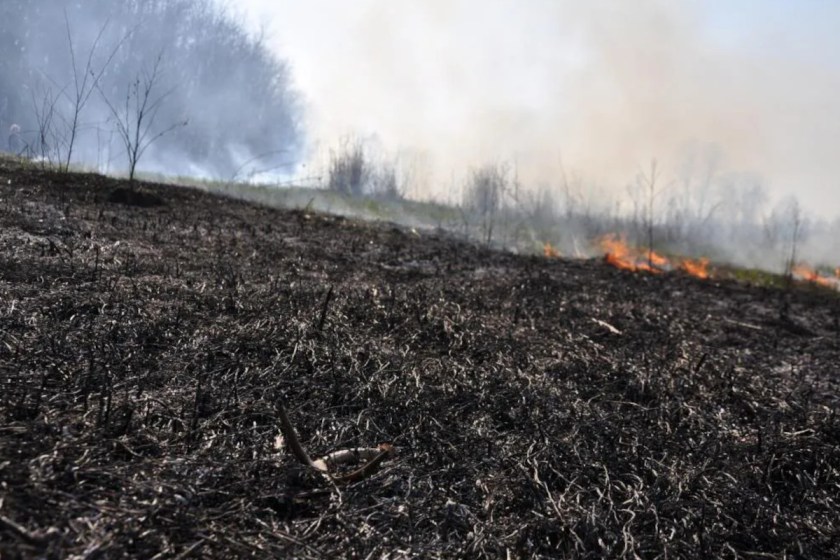
Wide Open Spaces / Travis Smola
Often when people think of the diet of whitetail deer, their mind immediately points towards the image of large soybean and corn fields, or possibly even brassica food plots. However, most people don't consider the fact that a large majority of a whitetail deer's diet is natural vegetation and woody browse, such as leaves, twigs and natural grasses. This is also part of why food plots work so well. The deer respond extremely well to human agriculture because of how easy it is to access and can be found in better concentrations than their natural forage.
One of the biggest benefits of a controlled burn is how it rejuvenates mature and tasteless forage, into young, desirable, protein enriched food that greatly benefits the deer herd. This goes for both natural browse and hand-cultivated food plots. Controlled burns create a fresh and healthy seed bed for new green vegetation to spring forth and provide nutrients for wildlife as a whole. Not to mention that preparing food plot areas with a controlled burn has been proven to increase germination rates as well as crop yield, whilst also cutting back on some of the traditional farming expense.
The other huge benefit from a burn is in the natural fertilizer that's produced by the process. Periodic controlled burns have tremendous impacts on the soil. The burn will create an absorption effect from the weeds and leaves that will act as a natural fertilizer and send nutrients back into the soil. Whatever your desired food plot species is, this will greatly enhance the palatability of the food, as well as the tonnage produced.
Implementing a burn.
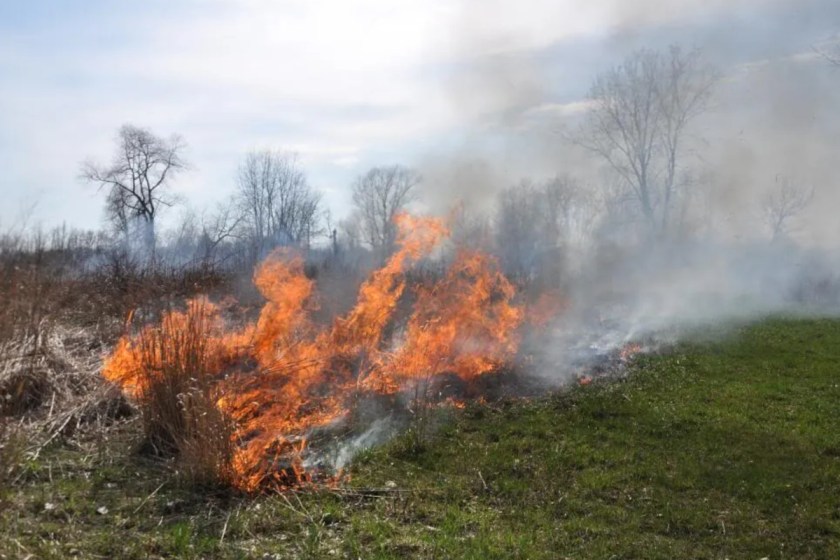
Wide Open Spaces / Travis Smola
It is crucial that you always make sure that you check local regulations regarding controlled burns. We don't recommend doing a fire yourself. Find a licensed burn specialist nearby to ensure that it is being done correctly. Most areas will require you to get a permit and you will usually need to use it on a specific day or time. Safety is a big factor when performing a controlled burn too and a good specialist will help you with that. He or she will explain exactly what you're going to do in detail before you do it. They will also outline emergency procedures in case a fire gets out of hand. Make sure you also contact a local game warden or wildlife officer, letting him or her know that you are conducting a controlled burn. Finally, make sure to let the local fire department know what's going on, and be sure you hold off if there's a burn ban in place.
As for timing, I tend to utilize controlled burns mid-spring, preferably late April after I have sprayed the current vegetation. This helps ensure that it is dead and dry, making for a more effective burn. This is also perfect timing for when healthy vegetation is crucial for deer, as the bucks are growing their antlers, and the does are getting ready to give birth to their fawns. I like to use a grid method when I am doing my controlled burns. What I mean by this is, if you have twenty acres that you are planning on burning, don't plan to do the entire twenty acres at once. Divide your burns out into smaller, one-or-two-acre segments, as they will be much easier to control.
If I am burning in a small section, I like to burn with the wind, as this makes it go much quicker, and can be a lot more effective. Done correctly, the fire will have established borders and will burn in on itself until it burns itself out. Although I generally like to have someone there with me to keep an eye out for any flames that appear to be spreading outside of our desired area. Fires can get out of control easily, so it always helps to be over prepared.
Controlled burns may seem overwhelming at first. However, with a good plan in place and a little bit of time, you can revive the resources on your property that deer need to be healthy, which as a result will track more deer to your area. And remember, this shouldn't be considered a one-time practice. Controlled burns should be utilized every few years to maintain a healthy ecosystem for wildlife to thrive in.
READ MORE: SMART FOOD PLOT IDEAS THAT WILL MAKE YOUR LAND STAND OUT TO DEER
